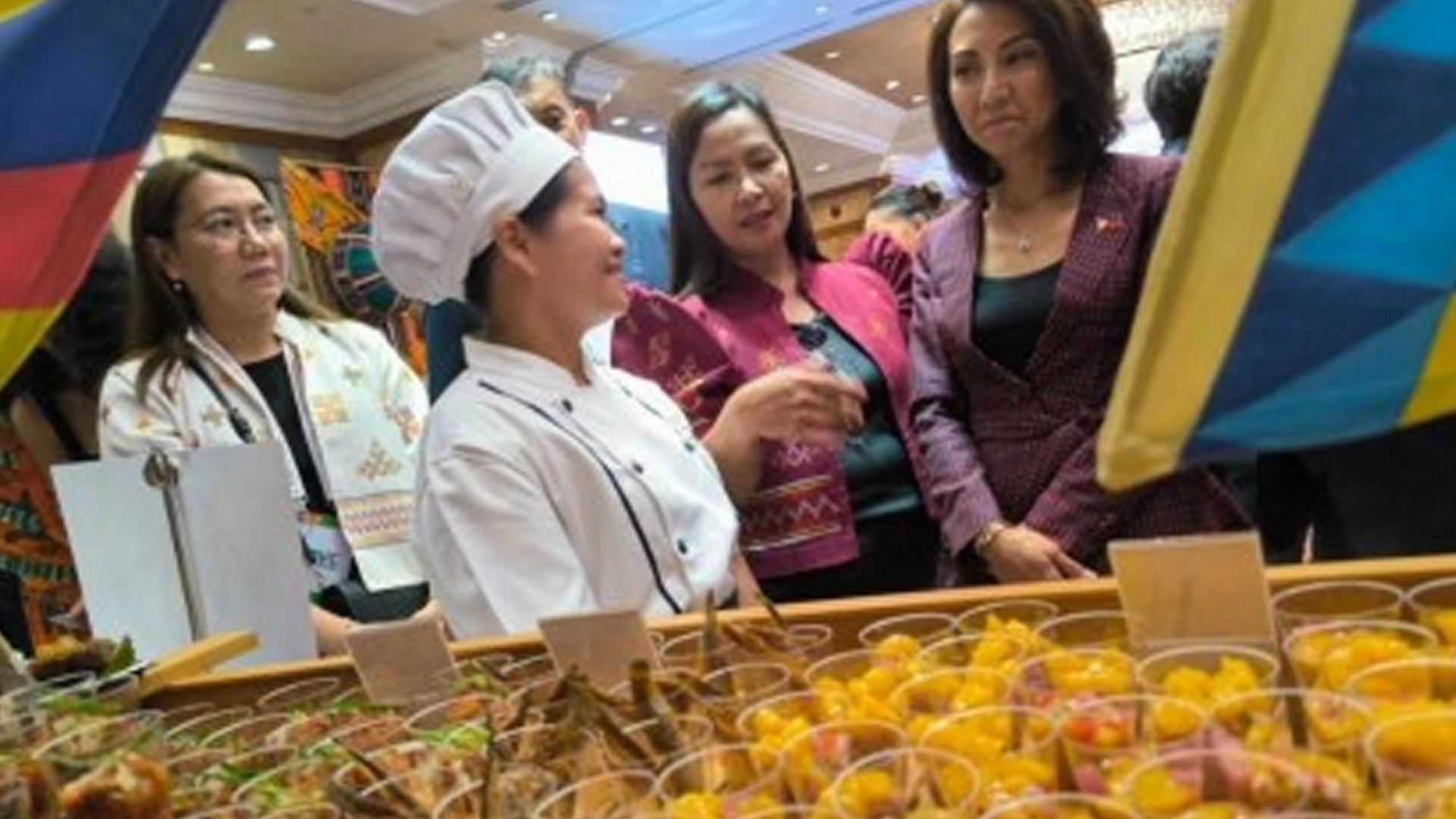The Department of Tourism (DOT) is crafting a national gastronomy tourism roadmap that will position unique Filipino dishes in each of the Philippine regions as a main motivation for local and foreign tourists when choosing where to travel.
Tourism Secretary Christina Frasco bared the proposed plan during the inaugural UN Tourism Regional Forum on Gastronomy Tourism for Asia and the Pacific in Cebu on Wednesday.
“We view the time now as being ripe for Filipino food to be at the forefront of the top-of-mind destinations in the world for food tourism,” she said, recognizing its potential not only in increasing arrivals but also in creating employment.
“But we understand that this also requires a whole-of-nation approach as well as a whole-of-government approach, which is why we are now in the process of drafting a Filipino gastronomy sustainable tourism roadmap,” she said.
Frasco said the roadmap will institutionalize government support for Philippine gastronomy and would cover efforts until 2029 once launched.
The plan aims to protect the integrity of Filipino dishes and ensure that the government would also be able to provide support in terms of availability and quality of ingredients.
Frasco, meanwhile, assured the public that the roadmap would be “as inclusive as possible” by featuring both popular and lesser-known Filipino dishes from all regions.
“A very specific example is the Mindanaoan cuisine which reflects our heritage in the pre-colonial Spanish times, and that has been carried out from generation to generation because of the efforts of our young chefs to ensure that it is not forgotten,” she said.
“In the same way, if you go to the hinterlands of Northern Luzon in the Cordilleras, you will find the food of our indigenous peoples that is also very well reflected in central Philippines, as well as in other parts of the country,” she added.
At the forum, the DOT treated over 500 local and foreign delegates from more than 40 countries to a feast of local dishes from all over the Philippines.
One of the regions featured there was Caraga that showcased the mudfish bacalao and chicharon pijanga, a native white goby that can only be found in the region’s Lake Mainit.
In a separate interview, DOT Caraga Region Director Ivonnie Dumadag said food tourism allows the region to showcase what it can offer other than its famed surfers-haven, Siargao Island.
“Caraga is popularly known for Siargao but this time we want to showcase that Caraga has more to offer beyond its waves,” she told the Philippine News Agency.
“The advantage of Caraga region is we are very rich in marine resources, and for foreigners, that really is their buy in. They would love to visit Caraga region because of the fresh marine products that we have not just in Siargao Island but also in the lesser-known destinations of Dinagat Island for example — it’s enjoying the place and at the same time enjoying the food,” she added. (PNA)





















